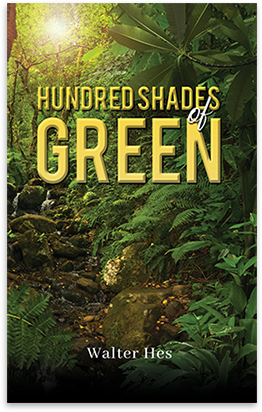
My personal experience in Brazil
One of my
jobs when we lived in Brazil (1976 – 1982) was at a medium-sized Engineering
office. We were with about eight men in the drawing room; often, during coffee
and lunch breaks, the main topic of conversation was how to make more money. We
devised the following plan: One of us travels to the rainforest with four
marker sticks and some provisions. He plants the first stick and walks, for
instance, two and a half hours East and hammers another marker in the ground.
He repeats the same action to the North and then the West before returning to
the start in the South to complete the square. The land of approximately ten
square km is ours. The rest of us have to support him and his family while he
manages our property, cutting the trees and cultivating the land. We could, of
course, repeat this a couple of times. If the local Indians make trouble, we
call the police; if this happens several times, the police will establish an
office there, and we have a village with a name. Simple, yes? NO!
During this period, I met a Dutch engineer who
graduated from Wageningen Agricultural University. One of his interests was the
situation in the Amazon forest. He told me never to join a scheme like this
because the topsoil in the rainforest is about a foot deep and will not survive
beyond three to five years without trees.
Now we understand why farming will never stop
expanding while leaving behind unfertile soil, slowly killing the rainforest. I
was ignorant at that time, understanding little of the plight of the Indigenous
people of Brazil. I know better now, and I wrote my book 'Hundred Shades of
Green' because I want you to know better too!
The Amazon Rainforest provides 25% of the oxygen
we need and regulates the world's water resources.
You can help by buying my book "Hundred
Shades of Green". Half my royalties will support the reforestation of the
Amazon Rainforest.
To order a copy or an e-book:
https://walterhes.ampbk.com
Amazon.com/Kindle or at any major bookstore.
Post Views : 191